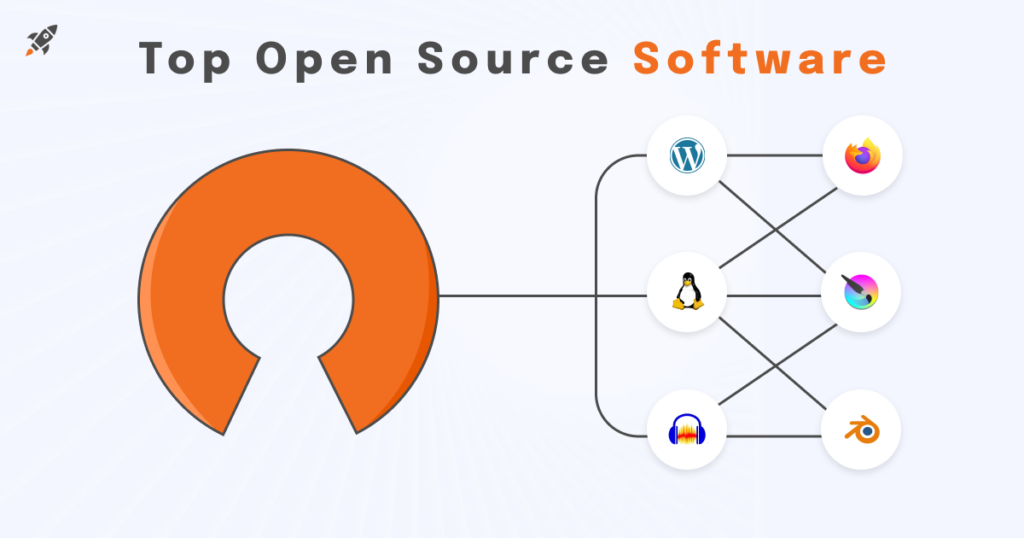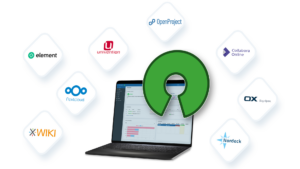In today’s fast-moving software landscape, speed and collaboration are everything. Teams around the world are relying on **open source tools** not just as add-ons but as **core components** of their development pipelines.
Integrating open source tools into your development workflow is more than a cost-saving strategy — it’s a way to **accelerate delivery**, **improve quality**, and **increase innovation**. Whether you’re building enterprise solutions or personal projects, leveraging open source effectively can transform your entire software lifecycle.
Why Open Source Tools Matter
Open source software has evolved from niche libraries to powering **critical infrastructure** across industries. According to the Linux Foundation, over 90% of modern applications use open source components in some way.
Some key advantages include:
– **Flexibility** — You can customize tools to match your exact needs.
– **Transparency** — Access to the source code ensures trust and auditability.
– **Community support** — Active communities help fix issues quickly and foster innovation.
– **Cost efficiency** — Many tools are free or low-cost compared to proprietary solutions.
Whether it’s **version control with Git**, **containerization with Docker**, or **orchestration with Kubernetes**, open source tools are at the heart of modern software engineering.

Identifying the Right Open Source Tools
Not every tool is a good fit for every team. Choosing the right open source solution requires a clear understanding of your **goals**, **stack**, and **team capabilities**.
Key factors to consider:
– **Maturity**: Is the project stable and widely used?
– **Community health**: Active contributors and regular updates indicate reliability.
– **License compatibility**: Ensure the tool’s license (e.g., MIT, Apache 2.0, GPL) aligns with your project’s legal requirements.
– **Integration potential**: Will it fit easily into your existing environment?
Popular categories of tools:
– **Version control** – Git, Mercurial.
– **Project management** – Taiga, OpenProject.
– **CI/CD** – Jenkins, GitLab CI.
– **Security** – OpenSSF Scorecards, OWASP ZAP.
– **Monitoring** – Prometheus, Grafana.
You can explore curated lists of active projects at Open Source Initiative.
Integrating Tools into Your Development Environment
Once you’ve selected your tools, the next step is **seamless integration**. A good integration strategy minimizes friction for developers and keeps your workflow efficient.
### Steps to successful integration:
1. **Define integration points** — Decide where the tool fits (IDE, pipeline, infrastructure).
2. **Automate configurations** — Use scripts, templates, or IaC (Infrastructure as Code).
3. **Standardize environments** — Ensure every team member has consistent setups.
4. **Document processes** — Clear documentation reduces onboarding time.
For example, integrating Docker into local development allows developers to work with the same environment as production, reducing “it works on my machine” issues.
> **Pro Tip:** Start small with one tool integration at a time. Overloading your stack too quickly can lead to complexity and burnout.
Improving CI/CD Pipelines with Open Source
Continuous Integration and Continuous Deployment (CI/CD) is one of the most impactful areas for
Common CI/CD open source tools:
– **Jenkins** – A battle-tested automation server.
– **GitLab CI** – Integrated with Git repositories.
– **ArgoCD** – Ideal for GitOps workflows.
– **Tekton** – Kubernetes-native pipelines.
Benefits of integrating these tools:
– Faster build and deployment cycles.
– Reduced human error through automation.
– Easier rollbacks and better observability.
For example, Jenkins can be used to automate tests and deployments while ArgoCD manages continuous delivery on Kubernetes clusters.
Enhancing Collaboration and Communication
Open source isn’t just about tools — it’s also about **culture**. Integrating open source platforms can enhance how teams **collaborate**, **share knowledge**, and **contribute**.
Collaborative tools:
– **Git + GitHub/GitLab**: Source control and collaboration.
– **Mattermost**: Open source alternative to Slack.
– **Discourse**: Open discussions and community building.
– **Matrix**: Secure messaging and communication.
These platforms promote **transparency** and help build stronger development communities both inside and outside your organization.
Security and Governance Considerations
When integrating open source tools, **security** must be a top priority. While open source provides transparency, it also requires **active management** to minimize risk.
Security best practices:
– **Regular vulnerability scanning** — Identify issues early using tools like OWASP Dependency-Check.
– Use SBOMs (Software Bill of Materials)** to track dependencies.
– Enforce security policies** for contribution and usage.
– Monitor project activity** to detect abandoned or compromised tools.
The OpenSSF provides great resources for securing open source ecosystems.
Remember: Open source is not “free from responsibility.” Teams must own the security of their integrations.

Measuring the Impact of Open Source Integration
To get the most out of your open source stack, it’s important to **measure its impact** over time.
Useful metrics:
– Deployment frequency** — Are you releasing faster?
– Mean time to recovery (MTTR)** — Are issues being resolved quicker?
– Onboarding time** — Has developer onboarding improved?
– Tool usage and adoption rates** — Are people actually using the tools?
These metrics help you justify investments, identify bottlenecks, and plan future improvements.
Best Practices for Sustainable Adoption
Open source integration isn’t a one-off task — it’s a **long-term strategy**. Sustainable adoption ensures your workflow remains efficient and secure.
Best practices:
– Create internal champions** who maintain and advocate for key tools.
– Keep documentation updated** as integrations evolve.
– Contribute back** to the projects you depend on.
– Review and update** your stack periodically to avoid tech debt.
– Train your team** continuously to keep up with new features.
This approach builds a culture of **collaboration and innovation** that benefits both your organization and the wider open source community.
Integrating open source tools into your development workflow** is one of the smartest investments any development team can make. It empowers teams to:
– Work faster and more flexibly.
– Collaborate more effectively.
– Enhance security and transparency.
– Stay ahead of technological shifts.
From selecting the right tools and integrating them smoothly, to securing and measuring their impact, the key is to approach open source **strategically and sustainably**.
Whether you’re a small team or a global enterprise, **open source can be the backbone of your development success** — if you use it wisely.
